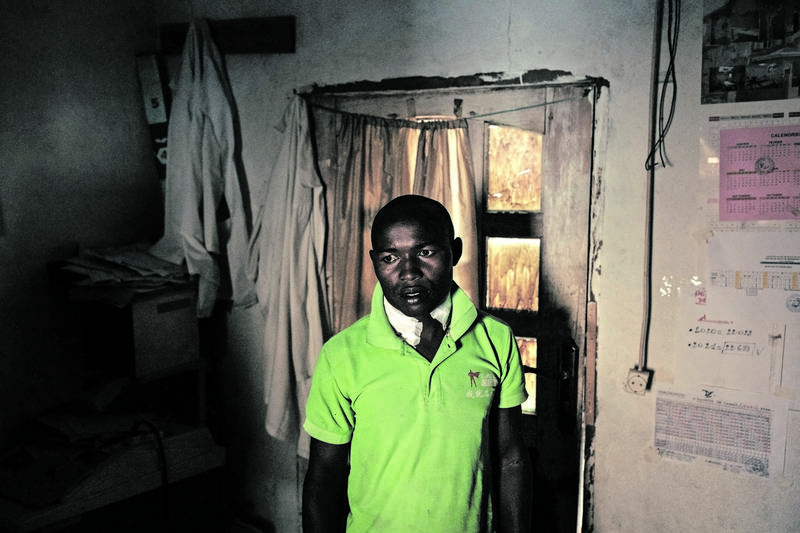Ensuring that environmental and health costs are fully priced into emissions-intensive foods made from animals would curb consumer demand for those products. That would mean shifting subsidies from the livestock sector toward lower-emissions foods like poultry, fruit and vegetables, the World Bank said in a major report on how to reduce food’s climate footprint.
“We’re not saying reduce public support for agriculture,” Bill Sutton, a lead author of the report, said in an interview. “We’re saying use it in more effective ways that actually contribute to healthier diets and a healthier planet.”
From farm to fork, food systems are responsible for about a third of global greenhouse gas emissions. Livestock is a major driver, with high-income countries among the largest consumers, but the sector has lagged far behind other industries in financial commitments, targets and action. Unless food’s climate impact is addressed, the planet won’t meet its environmental goals, the World Bank warned.
Annual investments will need to climb 18-fold to $260-billion to halve agri-food emissions by 2030 and help the world hit a 2050 net-zero target, according to the report. But the rewards will be much bigger than the cost, it said.
Food switch impact
Governments, businesses and citizens can expand low-emission food options through various measures including education and communication campaigns, “nudging” techniques or food labelling, the World Bank said.
Full-cost pricing of animal-source foods would make low-emission options more competitive, while meat products would be 20% to 60% more expensive, the bank said.
One-third of all agricultural subsidies went toward meat and milk products in 2016. A recent research by Leiden University and Chatham House showed more than 80% of farm subsidies in the European Union are channelled into emission-intensive animal products.
The World Bank report involved dozens of contributors from various organisations and is the first comprehensive framework for addressing food’s climate footprint. The broad recommendations, divided by countries’ income categories, focus on areas from forest and soil protection to increasing the use of renewable energy in food production.
Separately, the United Nations’ Food and Agriculture Organization is working on its own roadmap, scheduled to be completed by the end of 2025.
“The food system must be fixed because it is making the planet ill and is a big slice of the climate change pie,” the World Bank authors said. “There is action that can be taken now to make agri-food a bigger contributor to overcoming climate change and healing the planet. These actions are readily available and affordable.”
Key recommendations from the World Bank report:
- Mitigation must also happen in both developing and middle-income countries, which have been driving a large chunk of global agri-food emissions.
- Emissions must be cut carefully to avoid job losses and food supply disruptions, but the risks of inaction are even greater.
- Some of the cost of investing in curbing pollution can be paid for by shifting money away from wasteful subsidies.
![]()



 1 week ago
92
1 week ago
92

















